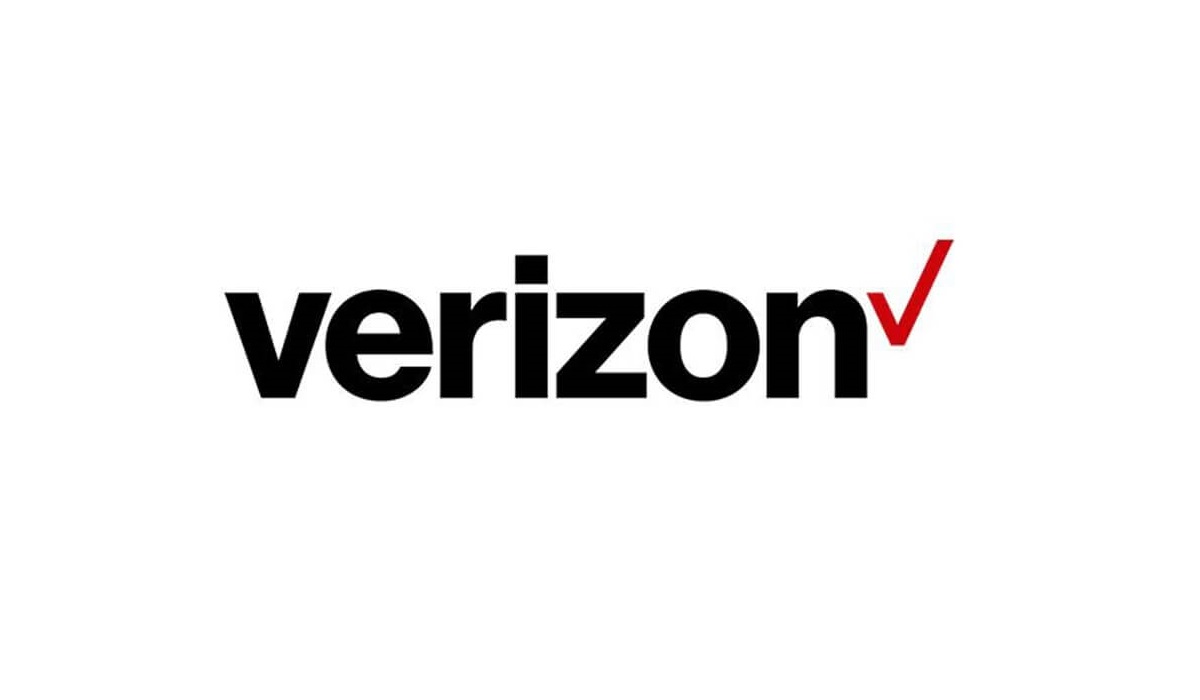The mobile wireless carrier, Verizon, came into existence in 2000. It was the product of a joint venture between two telecommunications companies, Bell Atlantic US, and Vodafone UK. The telecom company provides wireless mobile phone, wireless home telephone, and mobile broadband and Wi-Fi Internet services. It is incorporated in Delaware, but has its headquarters in New York, United States.
Verizon was traditionally a CDMA wireless operator, meaning that in the early years, only CDMA phones could access the telecom operator’s 2G and 3G networks. But the company has added 4G LTE and 5G wireless networks over time, in keeping up with global developments in the industry.

Table of Contents
2G Network
Verizon kicked off services exclusively with CDMA (Code Division Multiple Access). In December 2021, Verizon decommissioned its 2G (and 3G) wireless networks, leaving only 4G and 5G networks running.
3G Network
In 2002, Verizon launched its 3G wireless network and service, also based on CDMA technology. In December 2022, Verizon decommissioned its 3G wireless network, leaving only 4G and 5G networks running. From January 2023, only 4G and 5G compatible smartphones and devices work on all Verizon’s wireless services.
4G Network
In December 2010, Verizon Wireless launched its 4G LTE (long-term evolution) network in multiple cities across the country. The company launched Voice over LTE (VoLTE) in September 2014.
5G Network
In April 2019, Verizon launched 5G services on the millimeter wave spectrum and added sub-6 GHz spectrum shortly after.
Coverage and Subscribers
As at December 2022, Verizon is the largest wireless carrier in the United States of America, covering over 99% of the country and serving over 150 million subscribers.
MVNOs
An MVNO (mobile virtual network operator) is a wireless carrier that does not own their own wireless towers and network, but rather uses the towers and network of a telecom operator to provide services to subscribers. Think of it like you would a white label reseller arrangement. The advantage or benefit of MVNOs is that they can launch wireless services without investing in infrastructure. This results in speedy deployment and huge cost savings. MVNOs determine their own plans and tariffs. Most wireless carriers in the United States are MVNOs. Here are the MVNOs using Verizon’s infrastructure and networks.
- Net10
- Red Pocket
- Straight Talk
- TracFone
- Ting
- Twigby
- US Mobile
- Xfinity Mobile
- Spectrum Mobile
- Page Plus
- Pix Wireless
- Credo Mobile
- Lively
Official Website
The telecommunication company’s official website is: Verizon.com.

